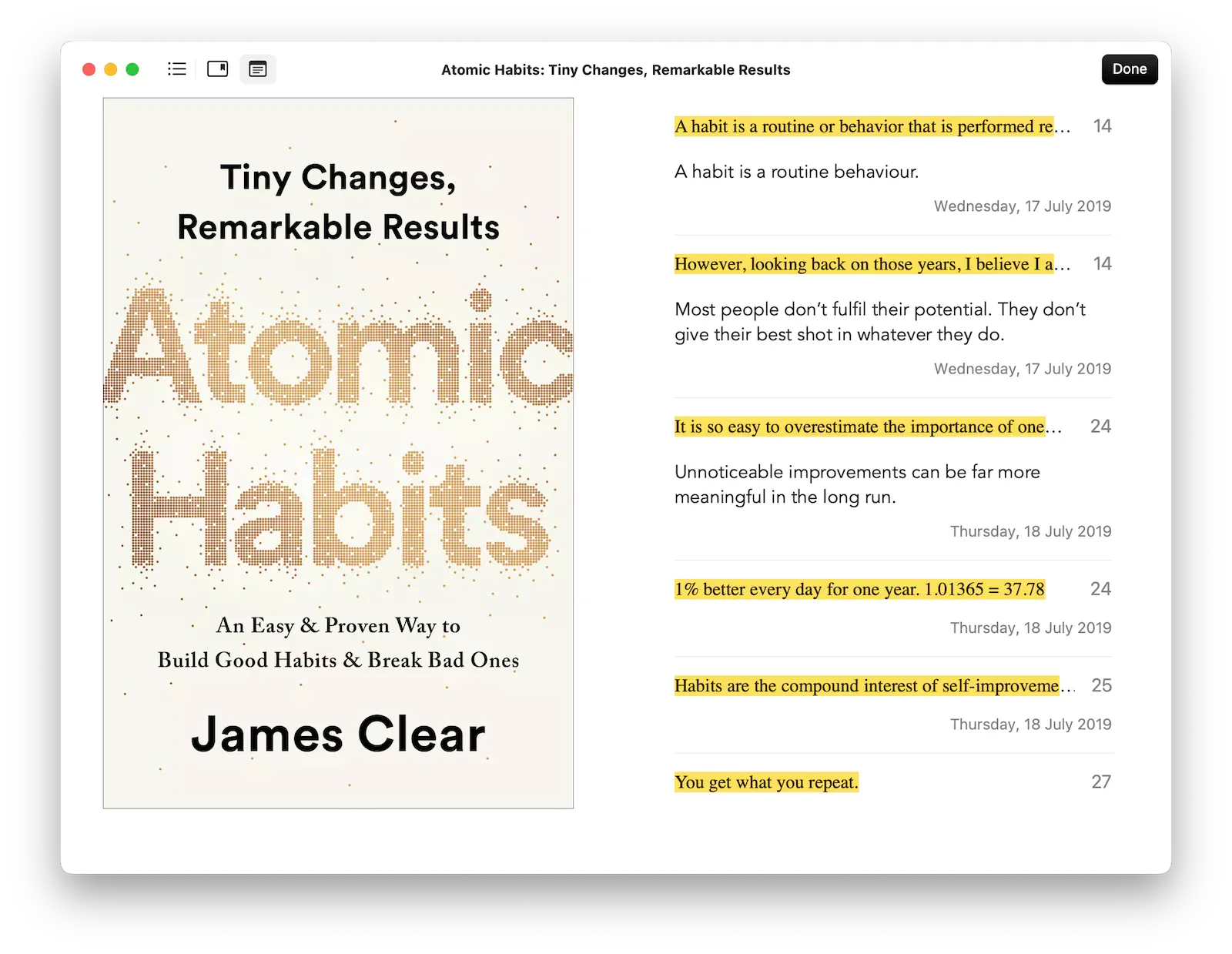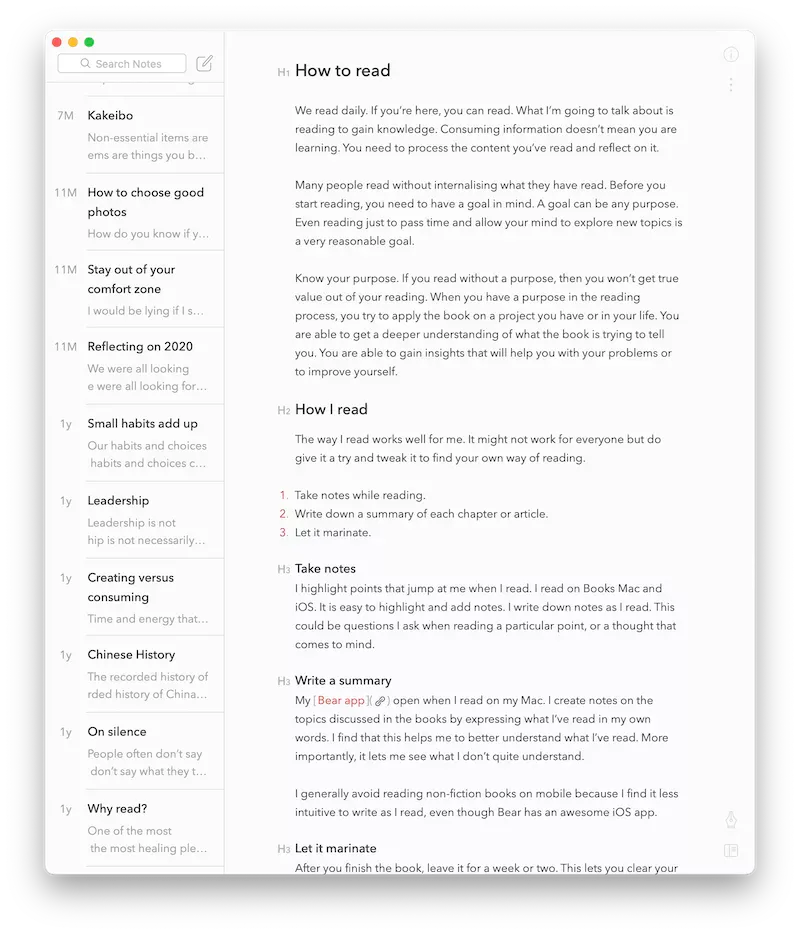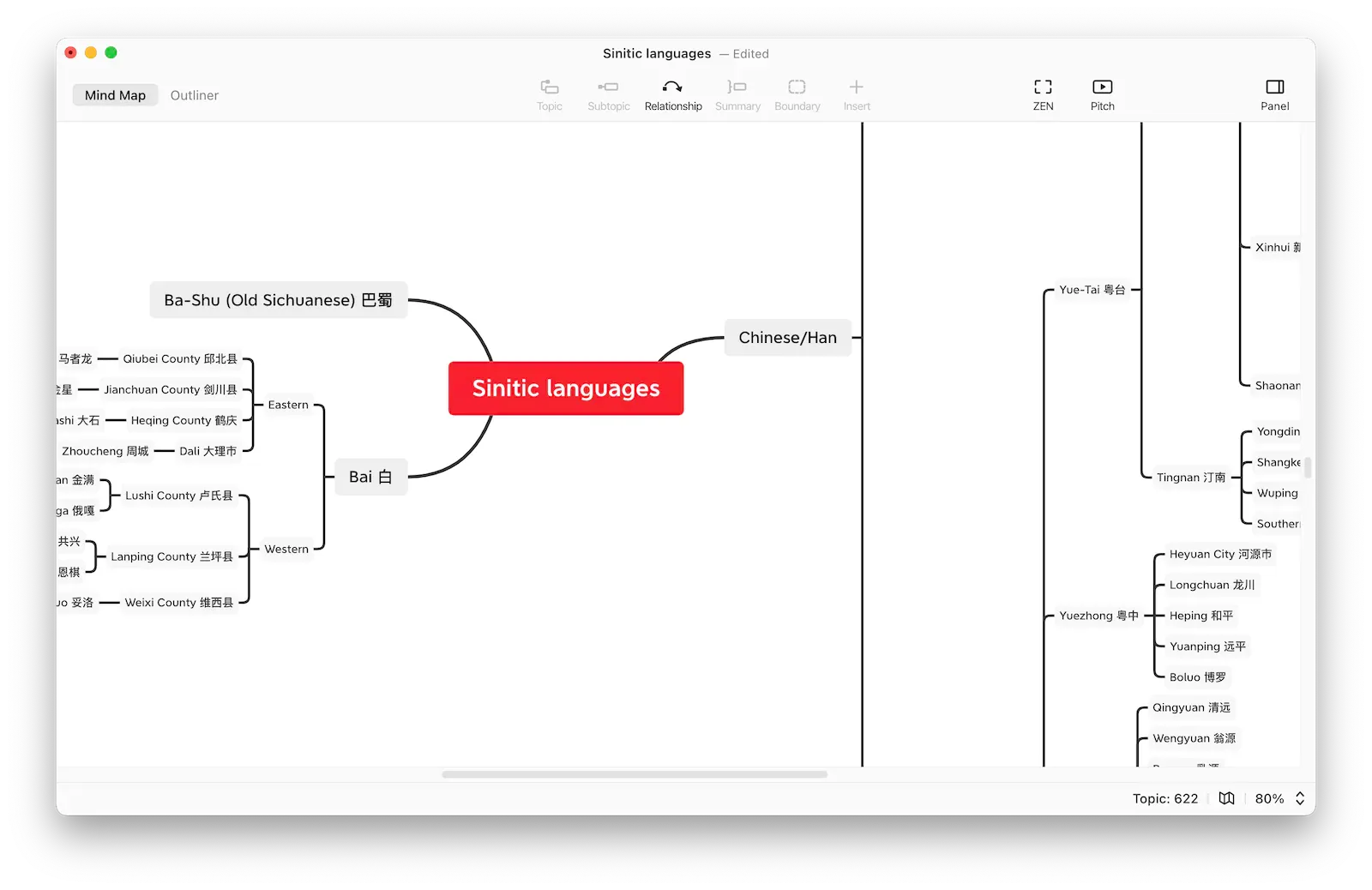How to read
 jenxi.com
jenxi.com Vision alchemist crafting strategic innovation & AI adoption. Bridging startups to China's ecosystem advantage. Building a cyberbrain. Registered pharmacist × Brand strategist × Storyteller
We read daily. If you’re here, you can read. What I’m going to talk about is reading to gain knowledge. Consuming information doesn’t mean you are learning. You need to process the content you’ve read and reflect on it.
Many people read without internalising what they have read. Before you start reading, you need to have a goal in mind. A goal can be any purpose. Even reading just to pass time and allow your mind to explore new topics is a very reasonable goal.
Know your purpose. If you read without a purpose, then you won’t get true value out of your reading. When you have a purpose in the reading process, you try to apply the book on a project you have or in your life. You are able to get a deeper understanding of what the book is trying to tell you. You are able to gain insights that will help you with your problems or to improve yourself.
How I read
The way I read works well for me. It might not work for everyone but do give it a try and tweak it to find your own way of reading.
- Take notes while reading.
- Write down a summary of each chapter or article.
- Let it marinate.
- Write down your thoughts after reading the book again.
1. Take notes
I highlight points that jump at me when I read. I read on Books Mac and iOS. It is easy to highlight and add notes. I write down notes as I read. This could be questions I ask when reading a particular point, or a thought that comes to mind.

2. Write a summary
I keep my Bear app open when I read on my Mac. I create notes on the topics discussed in the books by expressing what I’ve read in my own words. I find that this helps me to better understand what I’ve read. More importantly, it lets me see what I don’t quite understand.
This post came to life in Bear.

I generally avoid reading non-fiction books on mobile because I find it less intuitive to write as I read, even though Bear has an awesome iOS app.
3. Let it marinate
After you finish the book, leave it for a week or two. This lets you clear your mind of your impression the book.
Pick it up again and go through the notes. Take note of the best parts in the first page. You will notice that you react differently to the same parts that you have highlighted before. It is inevitable since you are in a different emotional and psychological state. Take notes of the new thoughts.
You also have finished the book so you have understood the other arguments the author has made that might have changed how you perceive the highlighted sentences. Use this chance to filter out things that are not as amazing as they first seem to be.
4. Write your thoughts
Let the book marinate again for another week. Then go through your notes again. If you think of anything else that supplements your notes, add them in. You can come back to the notes the next time you come across a similar topic or if you pick up the book again.
Selective reading
Life is too short to read books that are boring. I’ve come to realise that there is a certain element of fate involved when reading a book. It is almost like dating when you read a book. If you find a book too boring, even if it is very highly rated and widely recommended, it is a sign that you should put the book down.
Some books enter your life at the wrong time. Set it aside. Somewhere down the road, you might be piqued to pick it up again. Don’t let your previous experience with it deter you from doing so. For all you know, it might just happen to be the right time for you to read the book.
I speak from personal experience where certain books have bored me when I first picked them up. When I read them after a couple of years, they resonate with me because I happen to be reading them at the right time.
Don’t give up on a book. Some books I’ve tried to reading more than once because they are highly recommended, but I just never got going. Yet, when I finally could, I’m glad I waited for the right time
This goes with certain movies and TV series that left me less than impressed the first time I watched them. Watching them again years later allowed me to appreciate them better after accumulating more life experiences.
If reading books that were boring gave you greater insight when you tried to reread them, imagine the benefits you can glean from books that you’ve already enjoyed and learnt a lot from. Rereading books can further help you to learn more or reinforce what you’ve learnt.
Active reading
I read for two purposes: entertainment and knowledge.
The bulk of the books I read for knowledge are non-fiction books. When I read for knowledge, it is a mindful process. Active reading means to think and be engaged while reading the book.
It means to think and reflect while you read. Through this, you connect the dots between your existing knowledge with new things that you learn while reading the book.
Pose questions to what the author wrote. These become things that you would try to answer to help you gain knowledge. Practice critical thinking while you read. Consider how the things you read can be applied to your life, both new opportunities and past experiences.
Most fiction books are for entertainment. Those I read faster with less thought. Sometimes I read fiction for knowledge when looking for quotes and writing style of authors I admire.
You can practice active reading with fiction books as well, through studying the plots, characters and themes. This was exactly what I had to do in secondary school in literature class for Animal Farm, Lord of the Flies and Romeo and Juliet.
Bridging my literature lessons with fiction that I read helped me a lot as an aspiring writer. I was able to see the bigger picture and better appreciate the novels.
This applies to movies and TV series as well. Part of my business involves video production. My work in screenplay and directing videos makes me appreciate films and dramas more, from the screenwriting to the photography and lighting, to the acting, sound effect, and so on.
Mind maps
Another technique I’ve been exploring is an alternative way of taking notes. Start by putting down in a mind map what you know about the topic. Then ask you read, you add to the mind map. This is a very visual experience as you get to see the knowledge growing as you read.

Study on Sinitic languages
This is something I’m still experimenting so I don’t have much to share right now. I use Xmind for my mind maps so it helps that I can easily switch from the mind map view into the bullet point view that I’m more familiar with.
Be consistent
When I mention that I read, people are often surprised that I have the time to read. I’m known as a workaholic and I guess it is rather hard to imagine how I can squeeze in the time to read.
The trick is to be consistent. Small steps add up to make a great leap. I make it a habit to read one chapter of a book a day while I’m having my coffee to kick off the day. It’s just one chapter but it adds up.
My old routine was to read the morning’s news or check social media. However, news is so filled with negativity, and what’s in the news hardly contribute to my growth as a person. So I prefer to only consume tech news that have some benefit in my work, and I do this later in the day.
Our minds are the freshest when we wake up. This is the best time to read and gain knowledge. Reading news doesn’t help me grow and often end up depressing or wasting time. The only exception is, however, football scores. That’s the only piece of news I would gobble up first thing I wake up if I missed the match the night before.
When you read a chapter a day, the consistency helps you move towards completing the book. On most days I finish the chapter and go about my day. Some days, I have more time and I indulge in more than one chapter.
Then there are the chapters in books that are so hard to put down. With these, I often go through several chapters before I have to force myself to stop.
What ever the case, the minimum is one chapter. This is a rather low bar but it keeps you going. It’s similar to starting a daily exercise routine with 25 push ups a day, and then slowly get to a 100 push ups daily to keep yourself fit.